The Sacrifice Medal
The Governor General of Canada today announced a new military medal.
"The Sacrifice Medal was created in the context of increased casualties in overseas operations to fulfill the desire of Canadians and the Government to provide formal recognition, through the award of an official medal emanating from the Crown, to those who are killed or wounded by hostile action. This honour replaces the Wound Stripe."
The Sacrifice Medal was created to recognize a member of the Canadian Forces, a member of an allied force, or a Canadian civilian under the authority of Her Majesty's Canadian Forces who, as of October 7, 2001, died or was wounded under honourable circumstances as a direct result of hostile action. Given the number of Canadian casualties in Afghanistan since 2001, hundreds of soldiers will immediately qualify for the honour.
Description: the Medal consists of a silver circular medal that is 36 mm across, has a claw at the top of it in the form of the Royal Crown, and is attached to a straight slotted bar.
On the obverse of the Medal appears a contemporary effigy of Her Majesty the Queen of Canada, facing right, wearing a Canadian diadem composed alternately of maple leaves and snow flakes, and circumscribed with the inscriptions “ELIZABETH II DEI GRATIA REGINA” and “CANADA”, separated by small maple leaves, and
on the reverse of the Medal appears a representation of the statue named “Canada” –that forms part of the Canadian National Vimy Memorial – facing right, overlooking the horizon. The inscription “SACRIFICE” appears in the lower right half of the Medal.
The Medal is suspended from a watered ribbon that is 32 mm in width, consisting of a 10-mm black stripe in the middle that is flanked by 11-mm red stripes, on which are centred 1-mm white stripes.
The bar to the Medal is in silver with raised edges and shall bear a centred, single silver maple leaf overall. The Medal shall be engraved on the edge with the service number, rank, forename initials and surname of any military recipient or with the forenames and surname of any civilian recipient.
Wearing: The Medal shall be worn following the Royal Victorian Medal (R.V.M.), in the order of precedence in the Canadian Honours System.
 Vice-Regal Saint:
Vice-Regal Saint: 






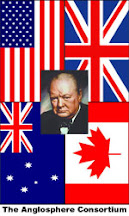

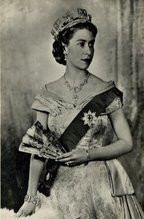









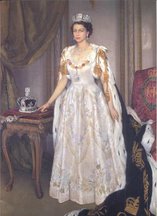
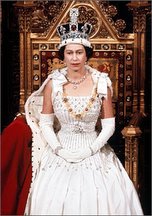
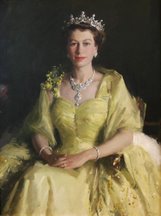
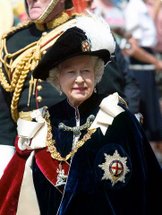

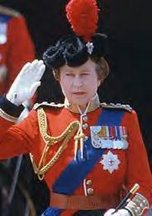




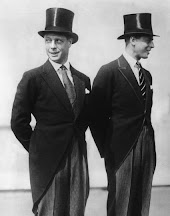






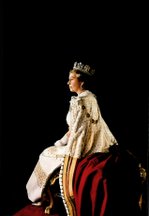



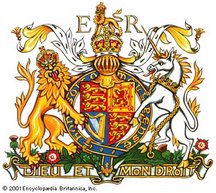

.gif)
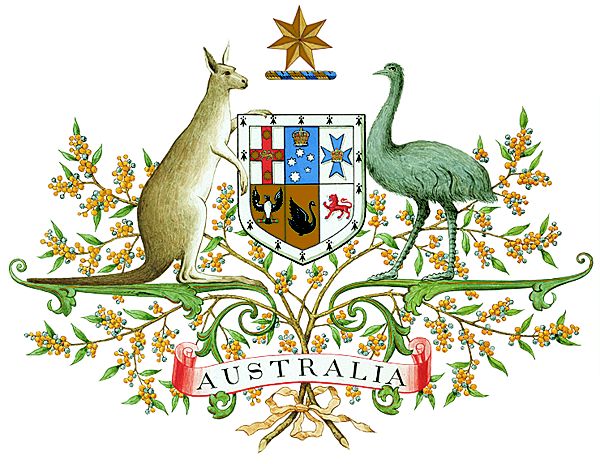
.gif)

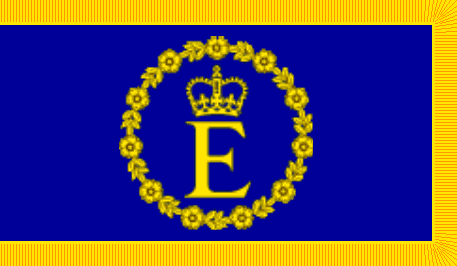
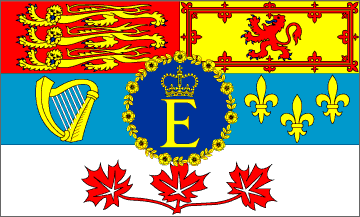
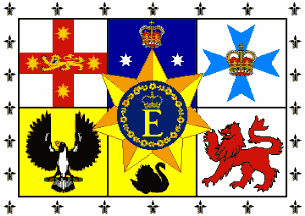
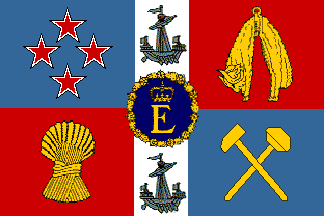
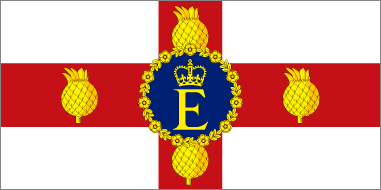
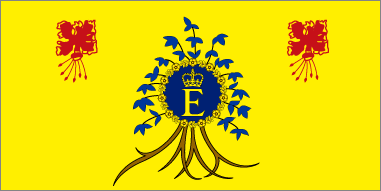
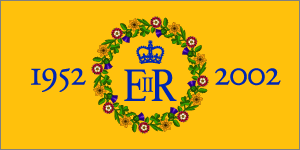


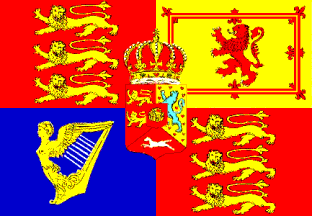
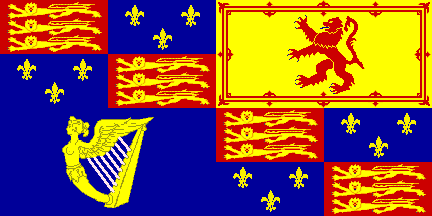
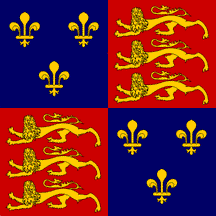
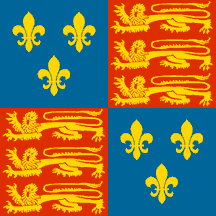
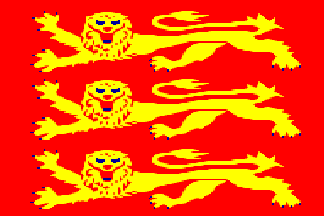
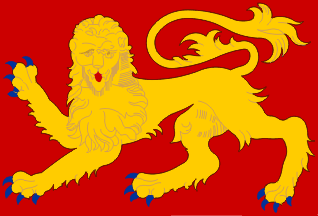
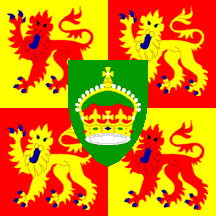

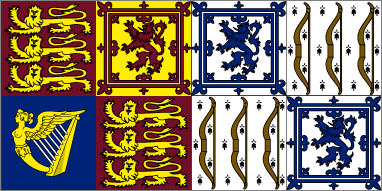
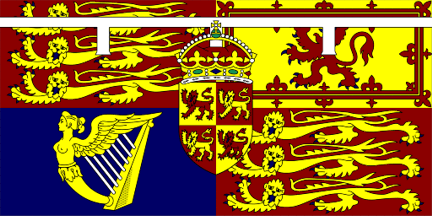
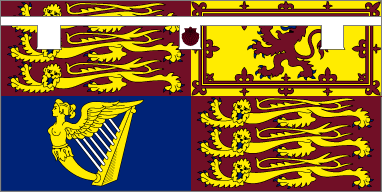
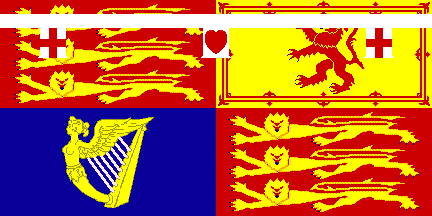
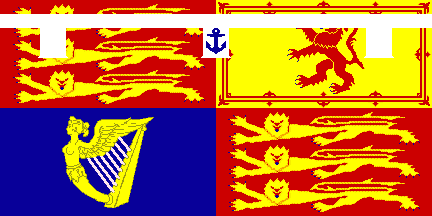

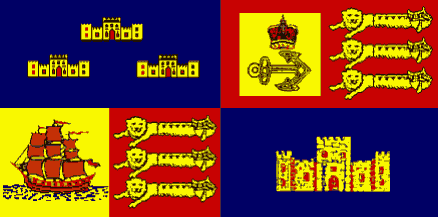
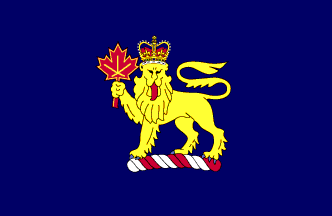
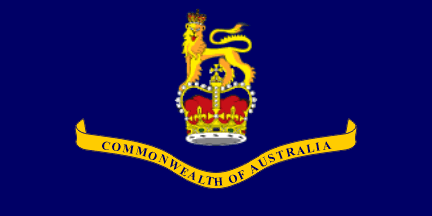
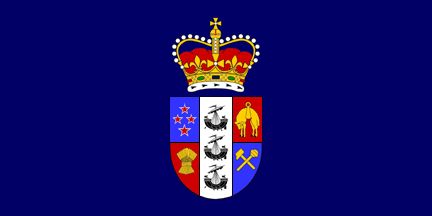
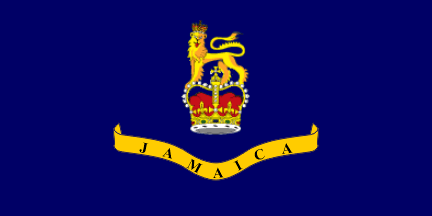
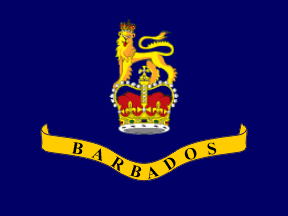


























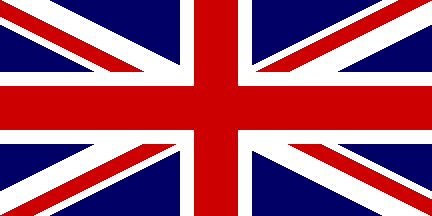




















































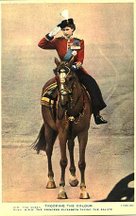

13 comments:
I just hope they get a decent engraver to hand engrave the master dies and not rely on some soulless computer guided laser to engrave it. Medals honouring the sacrifice of soldiers should not be entrusted to a computer.
It's beautiful. I still think Vimy Ridge is the most moving and masterful of war memorials.
this seems like a very fitting medal to give to those so have made sacrifices during the 2 major conflicts in the last 7 years and for all conficts to come.
Lest We Forget those who do make the ultimate sacrifice
BB:
I have mixed feelings here; on one hand I am always satisifed when our Servicemen and Women receive recognition for their sacrifices, but on the other hand this appears to be more aping of Americanisms - the very thing Harper is continually guilty of demonstrating.
I would have hoped (although a different medal and given for different reasons - that we could have brought back the George Cross and got rid of all the medals with "Stars" on them!
British Crosses is our tradition.
I'm with Shaftesbury.
- M
www.mattbondy.wordpress.com
I for one would prefer they retained the Wound Stripe...
Which is the point ...
Bring back the real Uniform - Pips, Stripes, Braid and all !
UK MPs have been been calling for a sacrifice medal for British casualties since 2001.
http://news.bbc.co.uk/1/hi/uk/1142803.stm
I'm of two minds too. While these are done in good taste with the Crown front and centre, and while it is hard to argue against honouring soldiers who have given the supreme sacrifice, there are a couple of drawbacks.
One is that there is no prerequisite for gallantry or bravery of any kind, a soldier need only be injured. In other words, there is a chance that soldiers could be awarded for cowardice, such as being shot down in the process of deserting the battle. That's why we have gallantry medals. It is possible to win the Victoria Cross without being injured, but that is very very rare.
Another reason is that beyond the British Commonwealth "Wound Stripe", supreme sacrifice has historically been recognized by way of the Memorial Cross (Silver Cross Mother) established in 1919 and awarded to the mother, widow, or next of kin of any member of the Canadian Forces who loses his or her life in active service. While not technically awarded to the soldier in question, it was a wa y of recognizing the supreme sacrifice.
I also agree with SWS that the Vimy Ridge Memorial is the single most outstanding war memorial on the Western Front. Menin Gate and Thiepval are also striking and moving in their own way, but Vimy must surely be at the top of the list.
Having been to the the Western Front a few times, I can attest to the singular power of the the Allward's Memorial - sitting alone atop the hill overlooking the Plain of Douai. It is very well done indeed and a haunting testament.
To me the scale of Thiepval was shocking - and I knew what to expect by way of description. It is comparatively remote and the Memorial can be seen from some distance on clearer days.
The most moving thing to me however, is the Sunset Ceremony at the Menin Gate. The power of "The Last Post" and the effect of this continuous homage to our Imperial sacrifice never ceases to move me in uncontrollable ways.
Two of my Great Uncles perished in the mud of Flanders and one on the Hill at Vimy.
They are never forgotten.
In fact, they shall live for evermore ...
Shameful. An American-owned hotel in Britain has barred a soldier from staying the night under its "no military personnel" policy.
http://www.guardian.co.uk/uk/2008/sep/05/military
Post a Comment